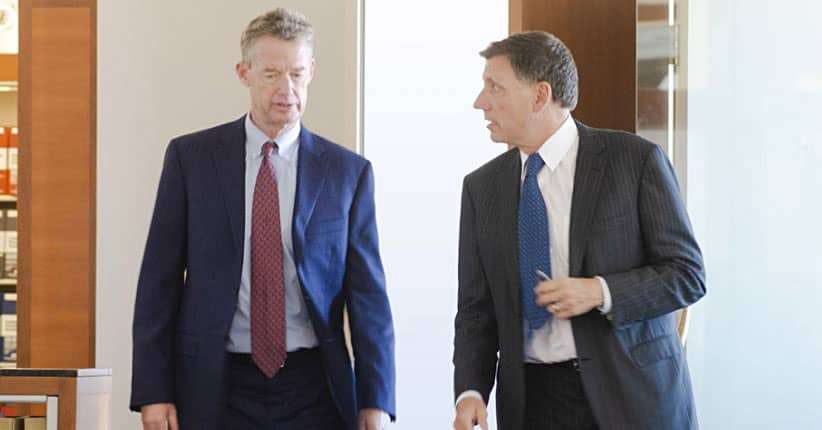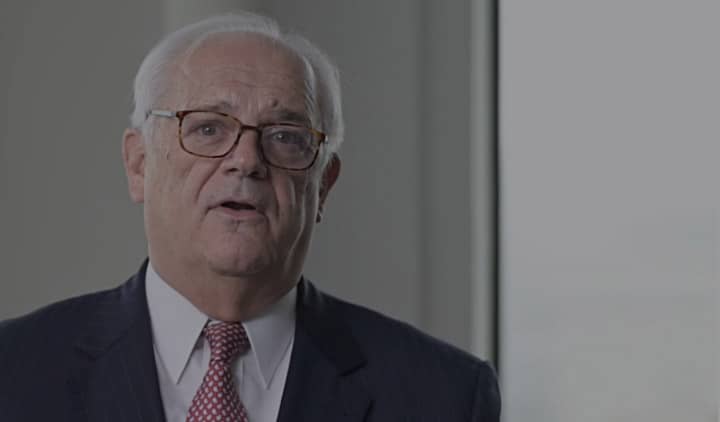Uber and Lyft have become explosively popular across the Bay Area and the rest of California, but what happens when you suffer injuries in an accident with a rideshare service? Rideshare apps connect passengers to independent drivers, offering a convenient and efficient alternative to public transportation and traditional taxi cabs. However, the issue of liability has been murky over the past few years. Passengers and drivers alike can learn their rights and legal options after an accident by discussing your case with one of our attorneys.
In 2013, California classified rideshare companies as “transportation network companies” and began regulating their operations in the state. Unlike traditional taxi cab companies, rideshare services like Uber and Lyft contract their drivers, so the question of liability is often complex in Uber and Lyft accident cases. These companies offer insurance coverage to their drivers, but the terms of liability are very strict and beholden to several disclaimers.
Due to the complexity of these cases, it’s essential to seek legal counsel after suffering injuries or other damages in a rideshare accident. Walkup, Melodia, Kelly & Schoenberger has more than 55 years of experience handling car accident lawsuits in the Bay Area, and we understand the intricacies of Uber and Lyft accident claims.
Proven Experience Handling – And Winning – Complicated Car Accident Cases
San Francisco is an incredibly busy place and rideshare companies like Uber and Lyft have a widespread presence in the area. As Uber and Lyft increase in popularity, the number of accident claims arising from rideshare traffic is sure to increase as well. When Lyft and Uber accidents happen, the San Francisco car accident attorneys at Walkup, Melodia, Kelly & Schoenberger have more than 55 years of experience handling auto accident claims in California.
Our firm has helped past clients recover millions of dollars for their damages in a wide variety of cases, and we have the resources and experience to handle the most complex Uber and Lyft accident claims. We understand the complexities of insurance coverage, liability, and how rideshare apps work. Contact our firm today to schedule a free consultation with one of our attorneys.
Insurance Liability Concerns: Gaps In Coverage
Transportation network companies do not have the same employment relationship with their drivers as traditional taxi services. The parent companies try to isolate themselves from legal responsibility by claiming they only facilitate fares and thus are not responsible for wrongdoing or dangerous driving. What’s more, individual drivers may rely on their own personal insurance policies, which often do not provide coverage for commercial accidents.
These realities can lead to significant insurance gaps in the event of a car accident. One example is the tragic case of a 6-year-old San Francisco girl who was run over by an Uber driver on New Year’s Eve in 2013. Uber’s insurance company denied coverage, claiming it did not cover drivers between rides.
Such cases illustrate the complexity of the legal issues involved in rideshare accidents. It is critical to seek guidance from an attorney who is familiar with this emerging area of law.
What Are Your Options For When Insurance Doesn’t Apply?
If an Uber or Lyft driver caused damages while off duty or between fares, then you may not have the option of relying on the rideshare company’s insurance to cover your damages. If an at-fault driver’s personal insurance coverage is also limited, you may need to pursue a civil action to fully recoup your losses. This requires proving that the Uber or Lyft driver was negligent and his or her negligence directly caused your damages. The elements of negligence a plaintiff must prove in an Uber or Lyft case are the same as any other personal injury lawsuit. These four elements include:
- The plaintiff must show that the defendant owed a duty of care during the given situation.
- Next, the plaintiff must show the court how the defendant violated this duty of care. This could include running a red light, using a cell phone while driving, reckless driving, or any number of possibilities.
- The plaintiff may only file a civil action if he or she suffered measurable losses. If the defendant was negligent but the plaintiff suffered no actual harm, there is no claim.
- Once the plaintiff has established the extent of his or her damages, the plaintiff must then prove that these damages resulted from the defendant’s negligence and not some other cause.
Once the plaintiff has proven negligence, the jury will assess whether the plaintiff bears any responsibility for the accident in question and may assign a fault percentage if they find just cause. Under California’s comparative negligence law, a plaintiff may still recover damages in a civil lawsuit if he or she bears any fault for the situation in question. For example, a plaintiff in a lawsuit against an Uber driver receives a fault percentage of 20% from the jury in a $100,000 case. Under California’s pure comparative negligence law, the plaintiff would lose 20% of the case award for a total of $80,000. On the other hand, if the jury finds the plaintiff was 80% at fault, he or she could still claim the remaining $20,000 thanks to the state’s pure comparative negligence statute.
Wrongful Death in a San Francisco Uber or Lyft Accident
If an Uber or Lyft accident results in a fatality, the surviving family of the deceased will need to determine who is liable for the death. Under California law, survivors must file wrongful death claims within two years of the date of death or two years from the date of discovery of the cause of death. These lawsuits function very similarly to personal injury claims, but the surviving family members or estate representative of the deceased will pursue the claim on behalf of the deceased victim. The damages available in a wrongful death claim in California include:
- Funeral and burial expenses.
- Medical expenses resulting from treatment of the deceased’ final illness or injury.
- Lost earning capacity or reasonably expected future income the deceased would have earned had he or she survived.
- Lost financial support and household services.
- Loss of consortium, care, and affection provided by the deceased.
What Is the Average Compensation for an Uber Accident Claim in San Francisco?
There is no way to estimate the value of an Uber or Lyft accident claim without carefully analyzing the details. Every accident will be different and result in different damages. Your attorney will help you determine the types of compensation available to you after an Uber or Lyft accident, and these typically include:
- Economic damages for measurable losses, such as medical expenses and the costs of ongoing medical treatment resulting from an accident, property damage to personal belongings, lost earning capacity, and lost wages from missed time from work.
- Non-economic damages for intangible damages such as pain and suffering or loss of enjoyment of life from a permanent or catastrophic injury.
- Punitive damages. In some cases, a jury may award punitive damages if a defendant’s negligence was particularly damaging, intentionally harmful, or outside the realm of typical negligence. The amount the plaintiff receives in punitive damages ultimately depends on the finances of the defendant. A wealthy defendant will pay more in punitive damages than a defendant with minimal personal wealth.
You can prove the extent of your economic damages by retaining copies of all documentation related to your accident. This should include a police report of the accident, a medical report from your doctor outlining the extent of your injuries, invoices for medical treatment, ambulance service, and any other medical expenses. You can also gather evidence to prove the long-term financial impact an accident will have on you if you sustained a catastrophic injury that interferes with your ability to work. Your attorney will help you explore the available avenues of compensation so you can form a better estimate of the value of your claim.
Finding The Right San Francisco Uber & Lyft Accident Lawyer
At the San Francisco law firm of Walkup, Melodia, Kelly & Schoenberger, we have recovered millions of dollars on behalf of passengers who were injured as a result of dangerous or reckless driving by hired drivers. We understand the unique legal issues involved in rideshare accidents. As the law in this area evolves, we will continue to remain at the forefront of the latest developments.
Our team of award-winning personal injury attorneys has more than 55 years of experience handling car and pedestrian accident cases – including cases against taxi, van, bus and rideshare operators. We possess an extensive understanding of public conveyance and transportation law. Additionally, we work with automobile accident reconstruction experts, engineering experts, and professional investigators to ensure that our clients recover maximum compensation.
If you or a loved one has been injured by a negligent ridesharing driver, call our firm at (415) 981-7210 or contact us online to arrange a free consultation.


